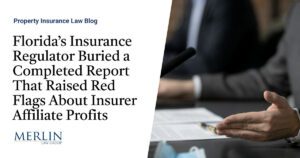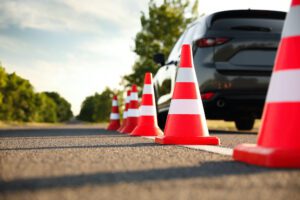BMW dishes on its NKL platform tech specs

BMW applied the name “Neue Klasse” to a range of cars from 1962 to 1977, starting with the BMW 1500 that broke open a sport sedan segment and began to establish BMW as that segment’s leader. The Munich automaker resurrected the term for what it hopes will be another revolution, this time christening its new EV-focused platform the Neue Klasse (NKL). The brand has opened up about the NKL’s technical aspects over the past few weeks, Car magazine providing a summary of what Chief Technical Officer Frank Weber had to say. Starting with the battery, BMW’s tied up with cell makers CATL, EVE, and Northvolt on circular cells that will be 1.8 inches in diameter and either 3.7 inches high for use in cars or 4.7 inches high for use in crossovers. That makes them the same diameter but taller than the 3.1-inch Tesla 4680 cells.
Different cell chemistries have been developed depending on the use case, prioritizing power for M cars, low cost for entry level models, long range, or low degradation. In ideal configurations, the new cells are up to 20% more energy dense than BMW’s current packs and increase packaging efficiency by 30%, return up to 30% more range and 30% faster charging. On top of that, they’re said to be 20% lighter, cost roughly 50% less to produce, and emit an estimated 60% less CO2 emissions during production. Weber said owners will see 30 miles of range added per minute at peak fast-charging rates, up to 375 miles. The company told Autocar previously that EV range will max at 1,000 kilometers, or 621 miles.
Batteries will come in capacities ranging from 75 kWh to 150 kWh, juicing one-, two-, and four-motor powertrains ranging from outputs of 268 horsepower to 1,341 hp. Car said the M division is testing an electric prototype now, we’ll guess it’s pushing the four-figure mark.
As for longevity, worst case is expected to be at least 80% capacity and performance after ten years of use. Engineers have developed the system with various types of recycling in mind, including a “rethink of how recycled parts can be used in new models, and how recyclable those cars can be at the end of their life cycle.” The aim is to better the stat that just 9% of materials used in making batteries get reused.
BMW board member Nicolas Peter said we’d get our first look at what the NKL wants to make possible with a Vision Vehicle Concept coming to the 2023 Consumer Electronics Show in January. Mum’s the word on styling, but we should expect the “breakthrough efforts” to be edgy. The automaker’s head of Efficient Dynamics was more forthcoming about aerodynamic goals. NKL refinements are anticipated to yield a 25% gain in aerodynamic efficiency, on top of new low-rolling-resistance tires that will be 7% more efficient. An Autobahn mode when traveling above 70 miles per hour cuts drag even more.
Roadgoing versions of the NKL are due in 2025 with the debut of the new i3, the electric 3 Series, and the next-gen iX3. That same year, BMW plans to show a prototype solid-state battery, which will one day deliver another tech leap.




